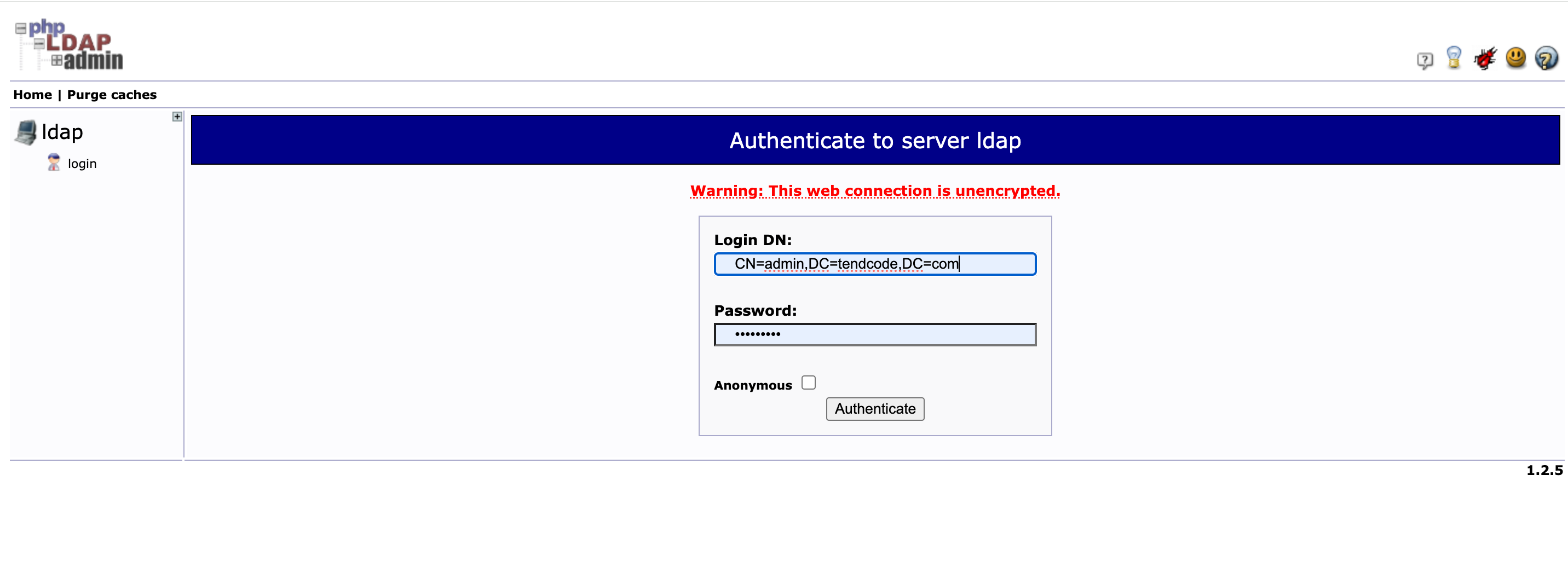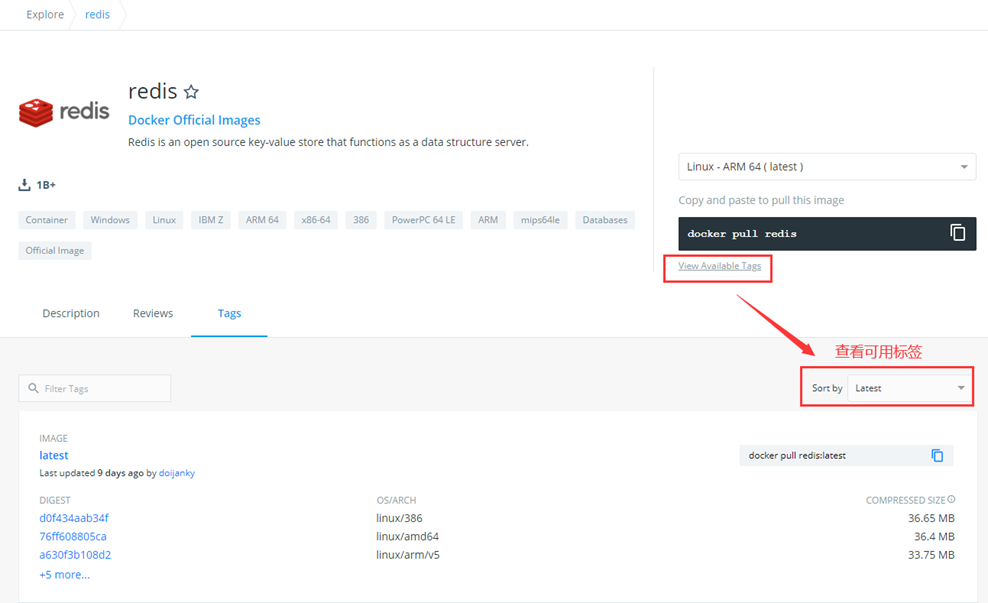在Java中,Byte与Int之间的转换主要通过Java的类型转换和包装类方法来完成。
一、直接赋值 {#title-1}
字节型(byte)可以直接赋值给整型(int)。这是因为int类型的范围更大,可以存放byte类型的任何值,所以直接赋值不会产生数据丢失。
public class ByteToInt {
public static void main(String[] args) {
byte b = 10;
int i = b;
System.out.println(i);
}
}
这段代码中,byte变量b被直接赋值给了int变量i,无需其他额外操作。
二、通过包装类进行转换 {#title-2}
除了使用直接赋值的方式转换外,Java还提供了包装类(如Integer、Byte等)来操作基本数据类型。通过这些包装类的方法,我们可以进行更复杂的数据类型转换。
public class ByteToInt {
public static void main(String[] args) {
byte b = 10;
int i = Byte.toUnsignedInt(b);
System.out.println(i);
}
}
在这段代码中,方法Byte.toUnsignedInt接收一个byte类型参数,将其作为无符号的byte转换为int,这在处理需要对负值byte进行转换时特别有用。
三、通过强制类型转换 {#title-3}
Java也支持通过强制类型转换的方式完成Byte到Int的转换,但是需要注意,强制类型转换会有溢出的风险。
public class ByteToInt {
public static void main(String[] args) {
byte b = 10;
int i = (int) b;
System.out.println(i);
}
}
这段代码中,将byte b强制转换为int类型并赋值给i,因为int的取值范围大于byte,所以这种方式既简单又安全。
 51工具盒子
51工具盒子




